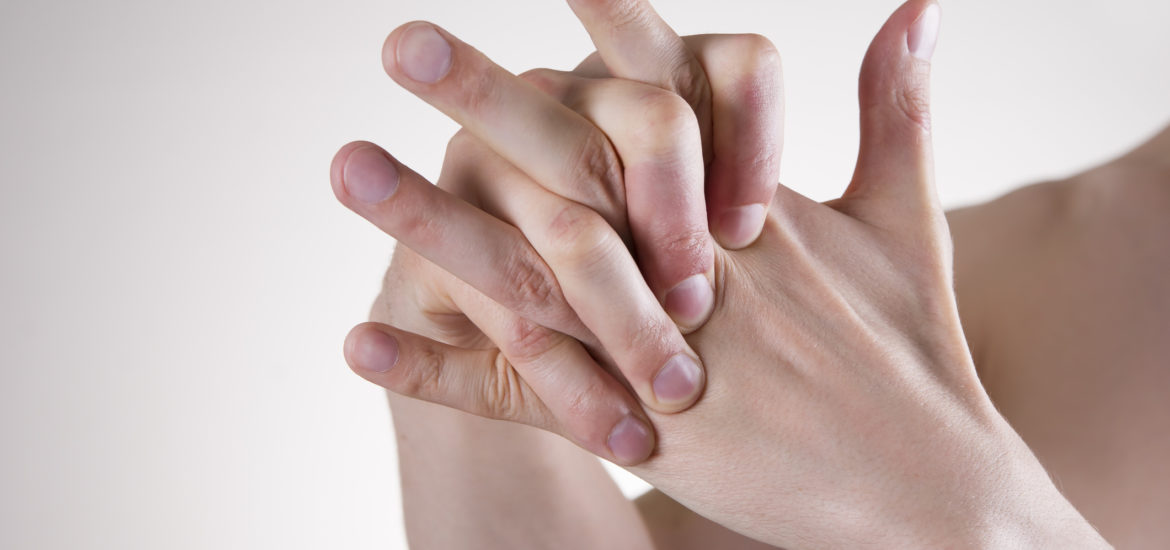Osteoarthritis is aprogressive disease of the joints in which the cartilage which cushions the bones and absorbs the shock, wears down causing pain, stiffness and swelling around the knee joint. Over a period of time a bone on bone phenomenon can be observed.
According to Indian data, millions of patients are suffering from OA knee with a prevelance rate of 25 to 35% of which women are more common than men(C p PAL IJO 2016, 10.4103/0019-5413.189608)
It is one of the most common arthritis in India and is known to be majorly age related but nearly 18% to 20% of arthritis is known to develop from an injury to ajoint or posttraumatic arthritis and is not only restricted to atheletes . Layman and general public are also not spared from the trauma of it which happens due to repetitive stress injury, over weight and genetics.
We need to understand that our knee is just not bone and cartiladge but a complex structure formed of ligaments, soft tissue, tendons, nerves and fat and any event which can destabalise or injure any one of the structure can lead to early arthritis in the younger age group. The main components which trigger these events are:
- Injury to the ligaments
- Injury or damage to the cartilage
- Mensical tear or tear of the labrum
- Early arthoscopy procedures in the young adults which increases risk of OA manifolds
Recent paper in Journal of Atheletic Training highlights how small injures to the joints can get blown up into full arthritis over the period, eg a small rent in cartilage or meniscus can lead to bone swelling and can in turn put more pressure on the spot leading to multiple rents in cartilage and end up damaging the surrounding ligamnets and joint structure. The single biggest issue which we can fix and can prevent early arthritis in knee is instability, which is easily diagnosed on dynamic usg scanning and education of few points.
The person suffering from popping sensation and cracking in knee sounds but no pain is a potential arthritic paitent in long run and should be evaluated by a regenerative and musculoskeletal physician who understands instability of joints better.
We see a lot of paitents with these instability issues and suggest stress msk USG to identify the instabllity and the loose ligaments. If you experienced knee injury in recent times and are suffering from such issues we suggest PRP for ligaments to strengthen and tighten the ligaments and cartiladge to further provide better stability to the joint in order to prevent OA at later stages.
